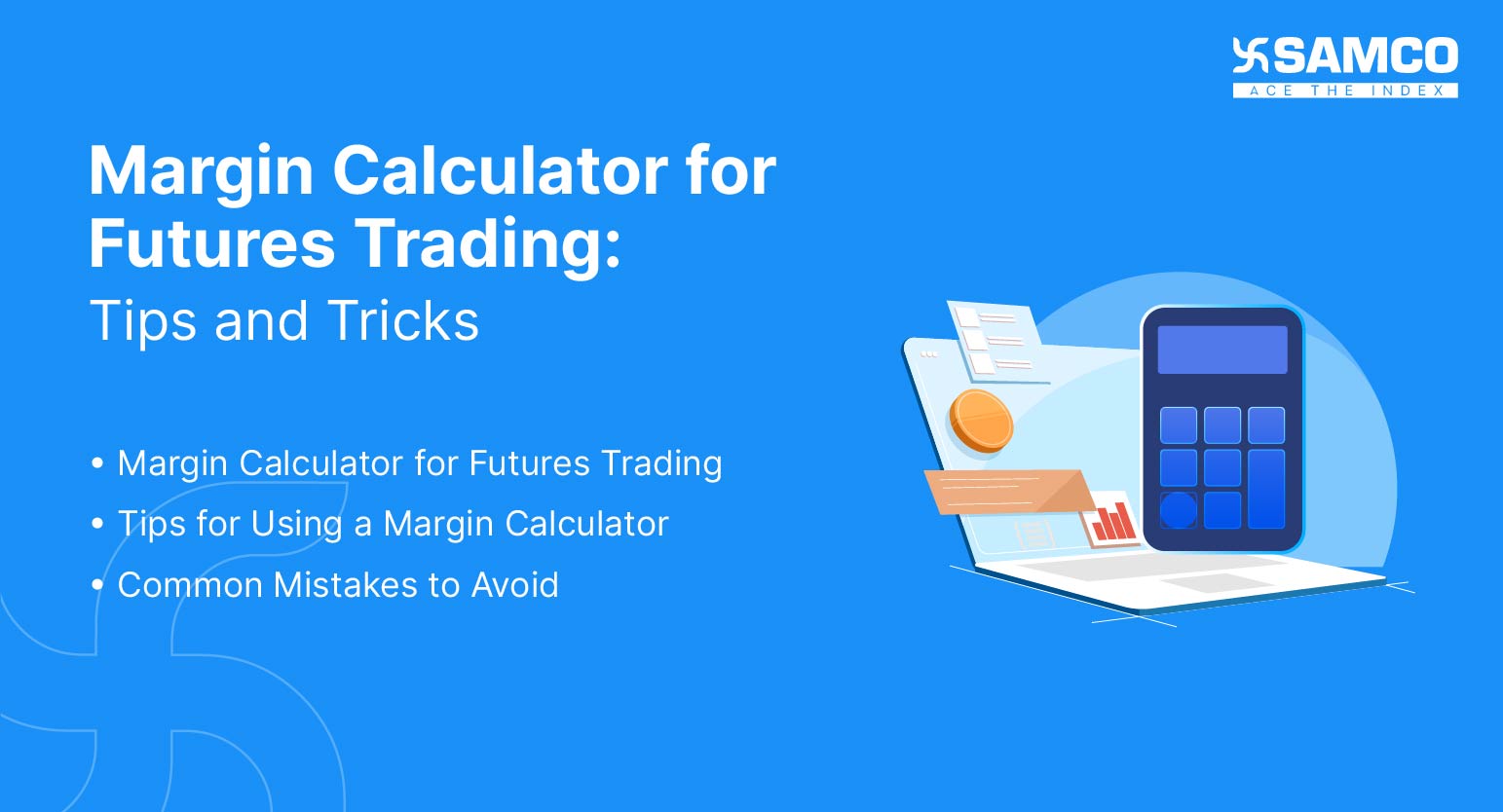In this article, we will discuss
- Understanding Margin Calculation in Futures Trading
- Factors That Affect Margin in Futures Trading
- Margin Calculator for Futures Trading
- Tips for Using a Margin Calculator in Futures Trading
- Common Mistakes to Avoid When Using a Margin Calculator
 Margin is a crucial concept in futures trading. It refers to the amount of money or collateral required to open and maintain a position in the futures market. Futures traders use margins to increase their buying power and potentially amplify their profits. However, margin also comes with risks, leading to substantial losses if not managed properly. Understanding the margin and its calculation is essential for successful futures trading, and using a margin calculator can be a useful tool to avoid costly mistakes. This article will help you understand margin calculation, and the factors affecting it, explore tips and tricks for using a calculator in futures trading, and finally, help you navigate some common mistakes people make while doing margin calculation.
Margin is a crucial concept in futures trading. It refers to the amount of money or collateral required to open and maintain a position in the futures market. Futures traders use margins to increase their buying power and potentially amplify their profits. However, margin also comes with risks, leading to substantial losses if not managed properly. Understanding the margin and its calculation is essential for successful futures trading, and using a margin calculator can be a useful tool to avoid costly mistakes. This article will help you understand margin calculation, and the factors affecting it, explore tips and tricks for using a calculator in futures trading, and finally, help you navigate some common mistakes people make while doing margin calculation.
Understanding Margin Calculation in Futures Trading
Margin is a key concept in futures trading, and understanding how margin is calculated is essential for successful trading. This section will provide an overview of margin calculation in futures trading, including its definition, how it works, and the different types of margins. Margin is the amount of money that traders must have in their account to open and maintain a position in the futures market. It serves as collateral, guaranteeing the trader enough funds to cover potential losses.-
How Margin Calculation Works
-
Different Types of Margins
-
Initial Margin
-
Maintenance Margin
-
Variation Margin
Factors That Affect Margin in Futures Trading
Margin requirements are not fixed and can change depending on various factors. This section will discuss some key factors that can affect margin in futures trading, including market conditions, contract size, price fluctuations, leverage, and position sizing.-
Volatility and Market Conditions
-
Contract Size and Price Fluctuations
-
Leverage and Position Sizing
Margin Calculator for Futures Trading
It helps traders calculate the required margin for a particular trade or position. This section will cover the basics of using a calculator, the importance of using one, and the different types of calculators available.-
How to Use a Margin Calculator
-
Importance of Using a Margin Calculator
-
Availability of Different Types of Margin Calculators
Tips for Using a Margin Calculator in Futures Trading
These calculators are essential for futures traders, providing a quick and easy way to calculate the required margin for a trade or position. This section will discuss some tips for using a calculator effectively-
Understanding the Impact of Leverage on Margin
-
Adjusting Position Size Based on Margin Requirements
-
Monitoring Margin Levels to Avoid Margin Calls
Common Mistakes to Avoid When Using a Margin Calculator
While margin calculators can be powerful tools for futures traders, there are also some common mistakes to avoid when using them. This section will discuss three common mistakes to be aware of when using a calculator.-
Over-leveraging and Underestimating Margin Requirements
-
Not Accounting for Market Volatility and Price Fluctuations
-
Neglecting Margin Levels and Position Adjustments



 Easy & quick
Easy & quick
Leave A Comment?